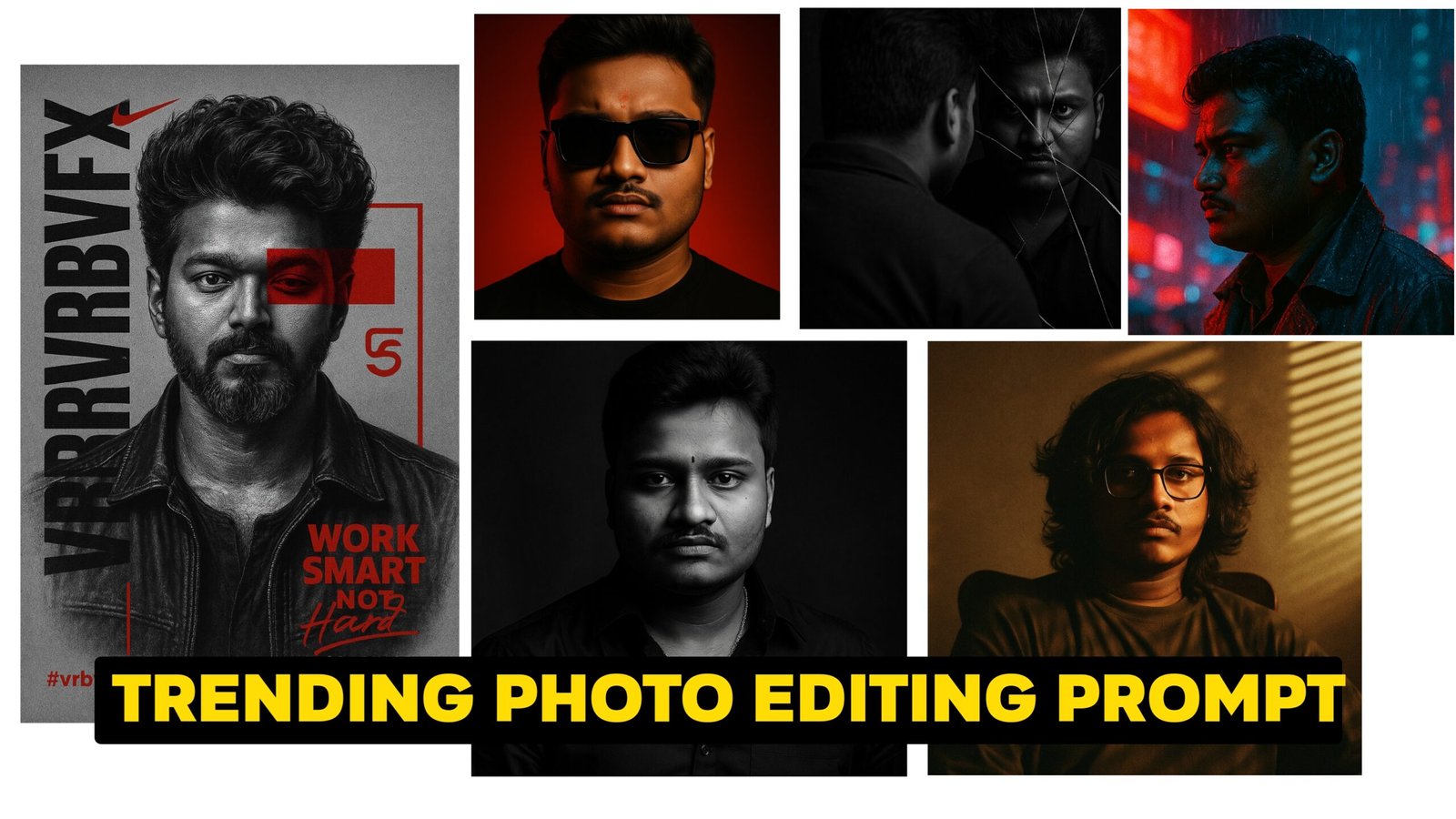Photo editing has evolved from basic adjustments to a form of creative expression that adds life and mood to every image. With the right techniques, even an ordinary photo can be transformed into something visually stunning and emotionally impactful. Today’s editors look for more than just clarity or saturation—they seek to tell a story through tone, texture, and composition. The unique style comes not from filters alone but from the way light, contrast, and framing are used. A photo becomes more than a memory; it becomes art.
CHAT GPT Link :-
Many users now prefer editing styles that reflect personality rather than perfection. Grainy textures, cinematic tones, and light leaks give photos a nostalgic or dramatic touch that feels more human than polished. Editors play with vintage film effects, faded colors, or even raw black-and-white themes to give a photo soul. These edits stand out on social media because they break away from the overly processed look. It’s about emotion, not just aesthetics.
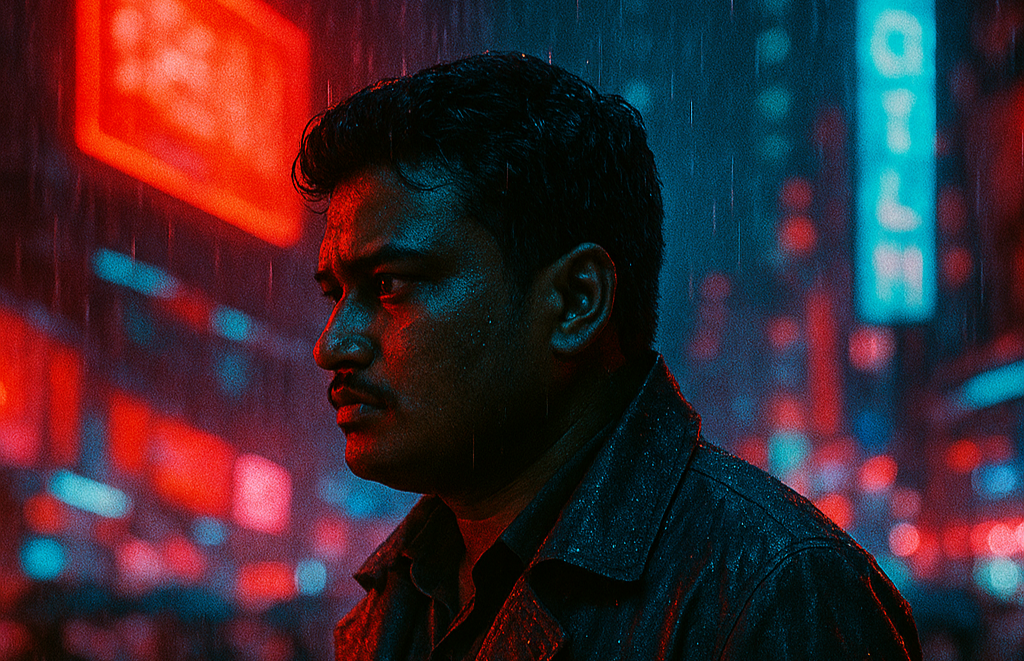
PROMPT -01
Cinematic cyberpunk portrait of a man walking through a neon-lit futuristic city, nighttime scene, heavy rain, soaked trench coat, neon reflections of wet street, dramatic side profile, serious expression, vibrant red and blue ambient lighting from neon signs, busy urban street with motion blur of rushing crowd, shallow depth of field, shot on 35mm film, detailed textures, moody atmosphere, Blade runner aesthetic.Color grading is one of the most powerful tools for creating a unique vibe. A soft teal and orange combination gives a modern cinematic feel,
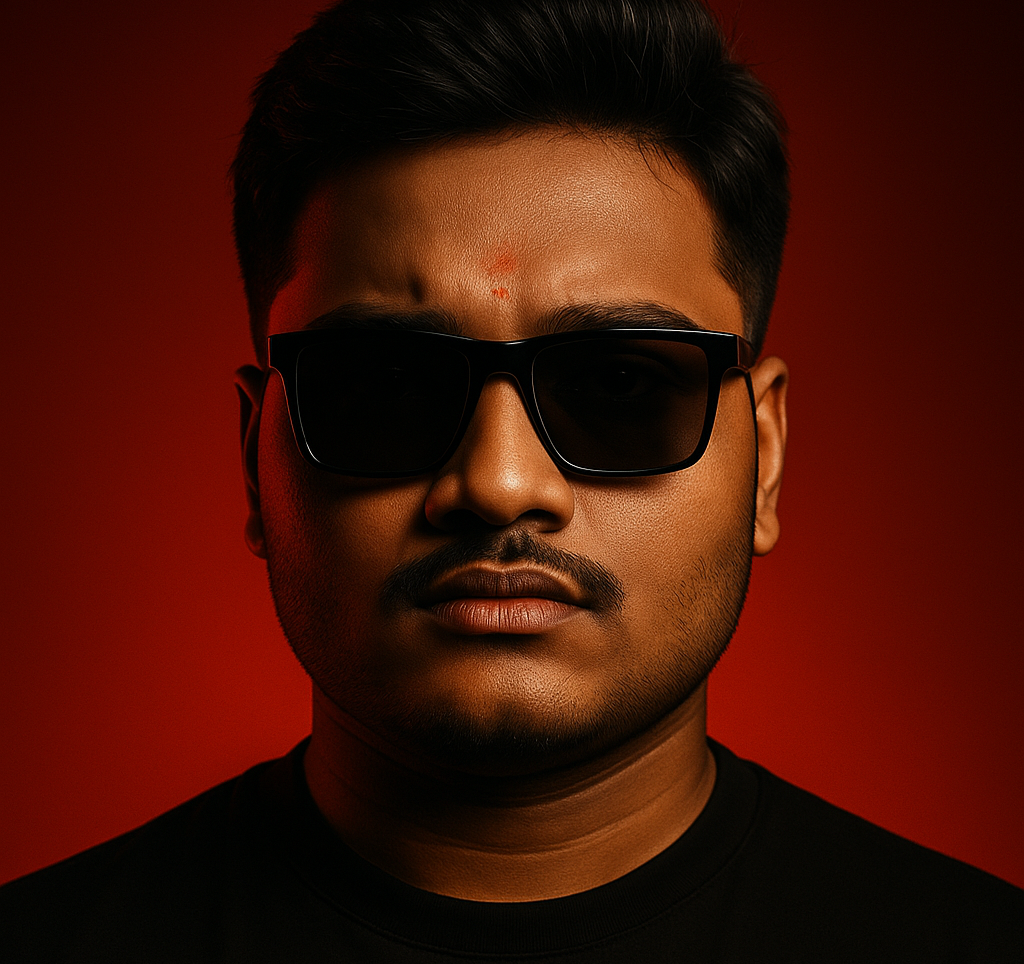
PROMPT -02
A highly stylized portrait of same person in image with sharp features, flawless fair skin, wearing la black t-shirt, black sunglasses and standing against a bold red gradient background, confidently.
The lighting is dramatic and cinematic, emphasizing his facial structure and giving a luxury fashion magazine vibe.
Ultra-realistic, high-detail, editorial photography style.
4K resolution, symmetrical composition, minimal background elements. 4:3 ratio.
PROMPT -03
Create a high-resolution black-and-white portrait of me based on the attached image. Match the exact pose, lighting style, and visual mood of the following reference photo:
Black button-down shirt, sleeves rolled, one hand in pocket
Wearing a thin chain necklace and a metal strap watch
Sitting on a stool, posing with intensity, confident and moody facial expression
The portrait should use cinematic Rembrandt-style lighting with deep shadows and high contrast, giving it a luxury fashion magazine or high-end studio look.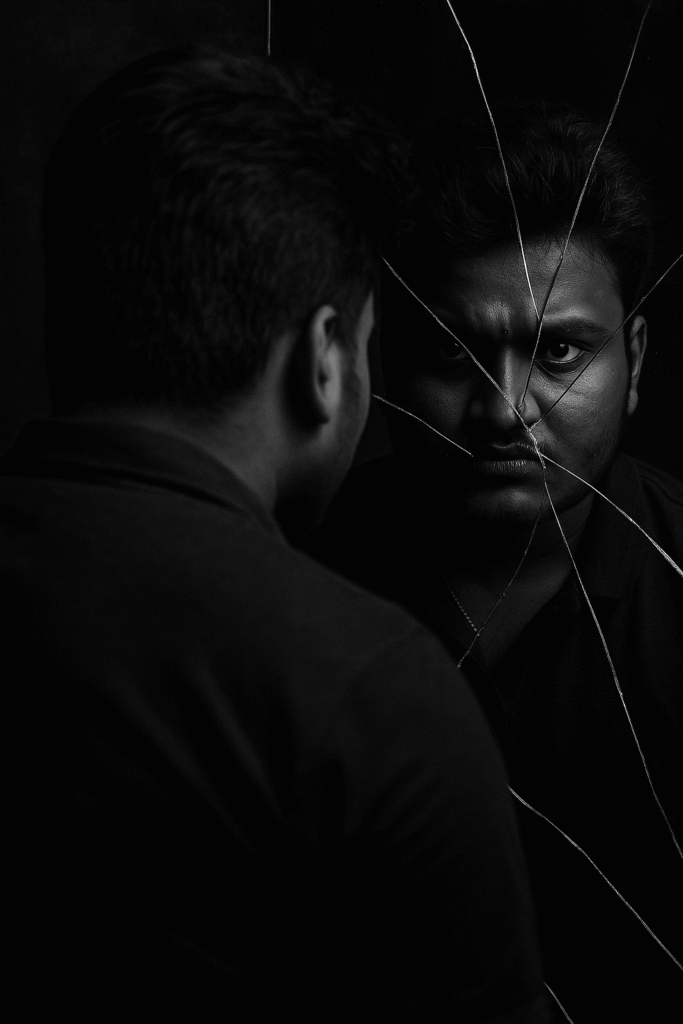
PROMPT -04
A black-and-white photograph of a young man with medium brown skin looking into a cracked mirror. His back is to the viewer while his face is reflected in the mirror through jagged shards of broken glass. The reflection is sharp, intense, and moody, with the cracks creating a fragmented, psychological effect. He wears a dark shirt and the lighting casts deep shadows, emphasizing the noir atmosphere and emotional tension.while earthy tones convey calm and warmth. By tweaking hues and shadows, editors can lead the viewer’s eye and mood without saying a word. These color styles can define a whole page or portfolio with consistent visual identity. It’s subtle, yet unforgettable.
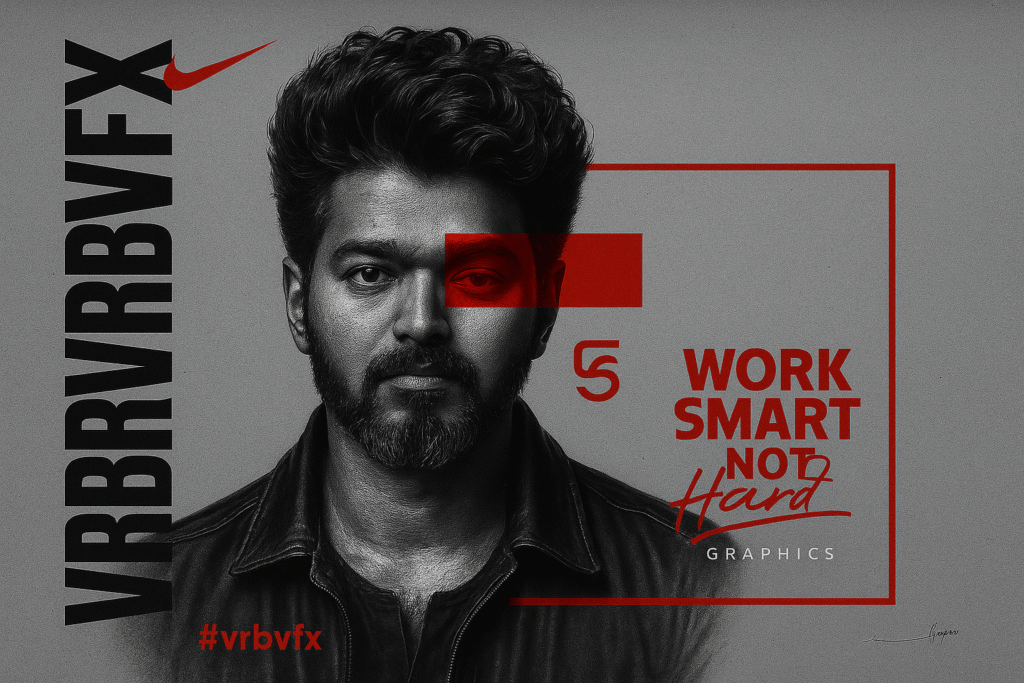
PROMPT -05
CREATE A HYPER-DETAILED GRAPHIC DESIGN FEATURING A STRIKING PORTRAIT OF A YOUNG MAN WITH THE SAME FACE AS UPLOADED] WITH A CONFIDENT DEMEANOUR. HIS HEAD IS ADORNED WITH VOLUMINOUS, ADDING TEXTURE AND DEPTH TO THE COMPOSITION. THE PORTRAIT IS RENDERED IN A HIGH-CONTRAST BLACK-AND-WHITE STYLE, STANDING OUT AGAINST THE MINIMALIST BACKGROUND. HIS EXPRESSION IS CALM YET DETERMINED, WITH ONE EYE PARTIALLY OBSCURED BY A BOLD RED RECTANGULAR OVERLAY THAT ADDS A MODERN, ARTISTIC FLAIRLight plays a crucial role in stylish edits, especially with natural lighting techniques or digital overlays. Golden hour glow or soft diffused light often adds a dreamy effect that enhances portraits and landscapes alike. Playing with light flares or reflections can also add magic to simple compositions. Even artificial lighting styles can be mimicked for dramatic or studio-like results. The key is how light is shaped and softened.
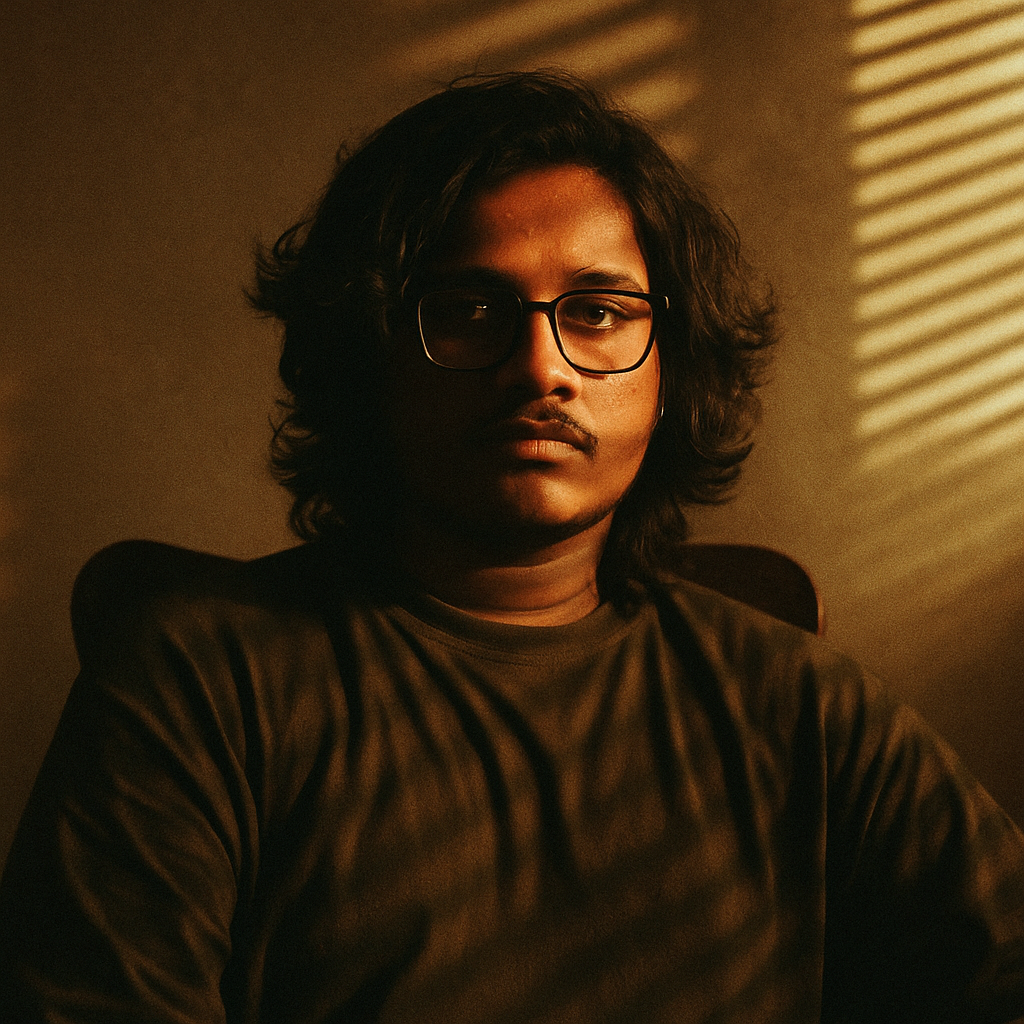
PROMPT -06
A moody cinematic portrait of a young man with shoulder-length wavy black hair and glasses, sitting on a vintage wooden chair in a dimly lit room. He's wearing a dark olive oversized shirt. Sunlight filters through horizontal window blinds, casting dramatic light-and-shadow stripes on the wall and his face. The tone is nostalgic, quiet, and cinematic. Warm golden hues, shallow depth of field, 35mm film look. Ratio: 4:3.”Composition and crop choices also define the uniqueness of an edit. Unusual framing, extreme close-ups, or wide minimal scenes offer new perspectives that feel refreshing. A creatively cropped image can turn a basic photo into a work of abstract art. Sometimes, what’s left out of the frame is as important as what’s included. These choices reflect an editor’s eye more than any filter can.
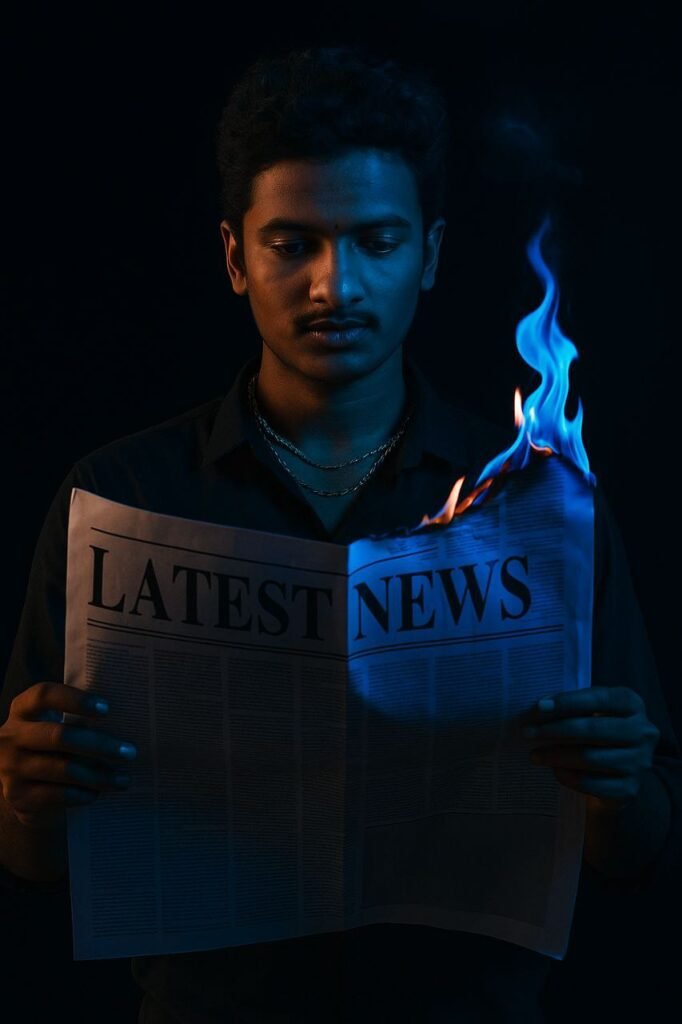
PROMPT :-
A person standing against a black background. The person is holding a newspaper labeled 'LATEST NEWS,' which is partially on fire at one corner, with blue flames and a faint smoke trail. The fire should be stylized and visually striking. The lighting on the person should be moody and cinematic, primarily from the blue fire, casting blue highlights and shadows across the face and hands. The subject should wear a black shirt and layered silver chains for a bold, modern look. The expression should be serious and contemplative as the person looks down at the burning newspaper. The atmosphere should be intense and mysterious.
Replace the face with the person from the uploaded photo, matching the lighting, skin tone, and perspective realistically. Keep the image high quality and photorealistic.Adding motion blur, texture layers, or double exposures can give a surreal or dreamy quality to images. These effects break the boundaries of realism and bring storytelling into the edit. Whether it's to create mood or mystery, these techniques are about experimenting fearlessly. Blending multiple styles can produce something never seen before. It's the creative risk that sets a photo apart.
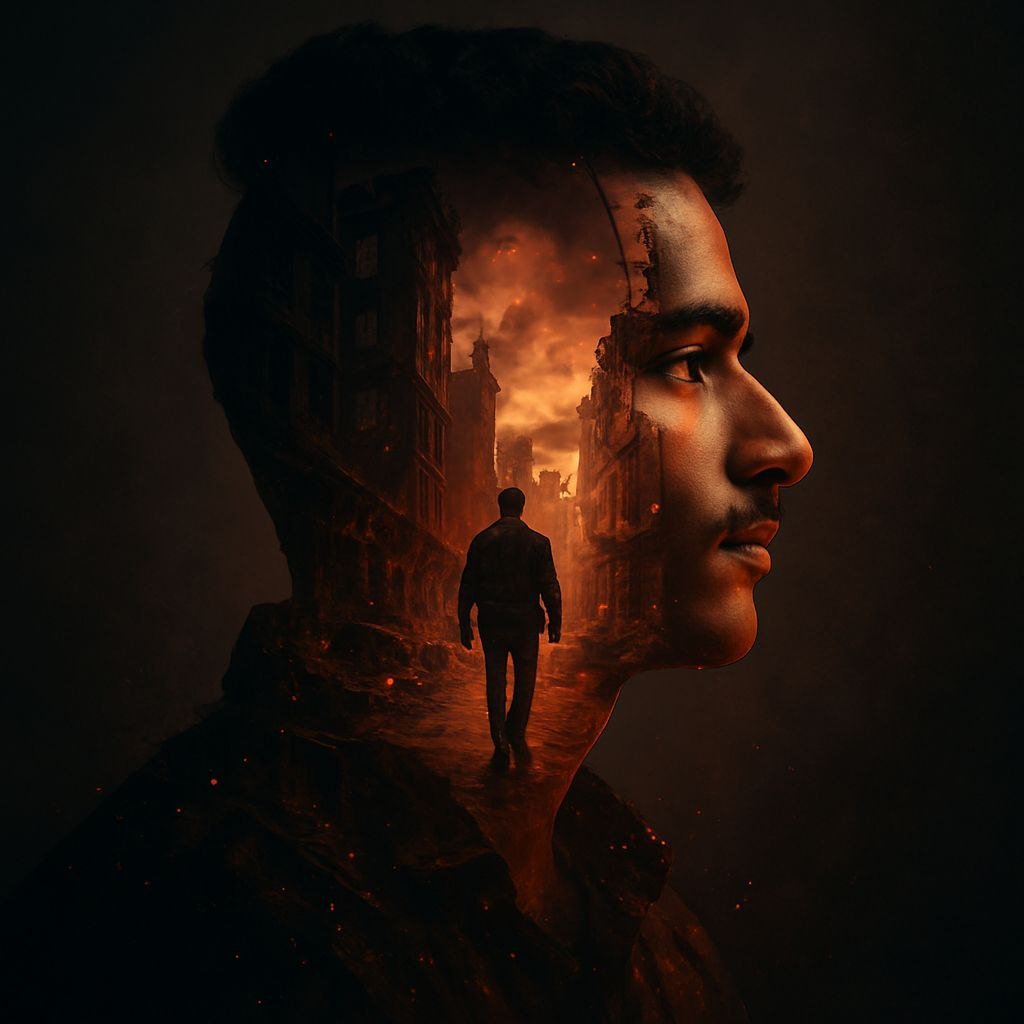
Minimalism is also a strong editing style gaining popularity. Clean backgrounds, soft pastel tones, and subtle highlights help focus on the subject without distraction. Simplicity often draws attention in a loud, visually crowded world. This style requires restraint and balance, making the edit feel light and timeless. It’s about letting the image breathe.
PROMPT :-
A cinematic double exposure of a man in profile, with a post-apocalyptic cityscape inside his silhouette. The inner scene shows the man walking through a destroyed, burning urban street, buildings in ruins, glowing embers and fire, with a dramatic sunset in the background. Moody lighting, warm tones, emotional and introspective mood, high detail, 8K resolution.Retro and analog vibes continue to trend, especially among creators looking for authenticity. Film-like grains, muted shadows, and old camera effects add a vintage charm that feels warm and nostalgic. These edits are often inspired by memories and emotion rather than trends. It's less about perfection and more about character. They remind viewers of photos from a time before digital perfection.
Mobile editing apps now make it easier than ever to craft these unique styles on the go. With tools like curve adjustments, texture brushes, and AI-based filters, anyone can build a signature look. Accessibility means more creativity in every hand. Editors mix app features with their own intuition to create something new. This freedom pushes the boundaries of photo editing culture.
Ultimately, the best photo editing style is one that feels personal and tells your story. It’s not about copying trends but interpreting moments through your own lens. Every image holds emotion, and your style is the way you choose to show it. Experimentation, consistency, and emotion are what turn edits into art. In the end, the best edit feels like yours.

